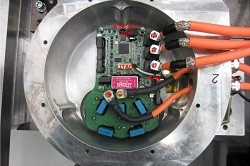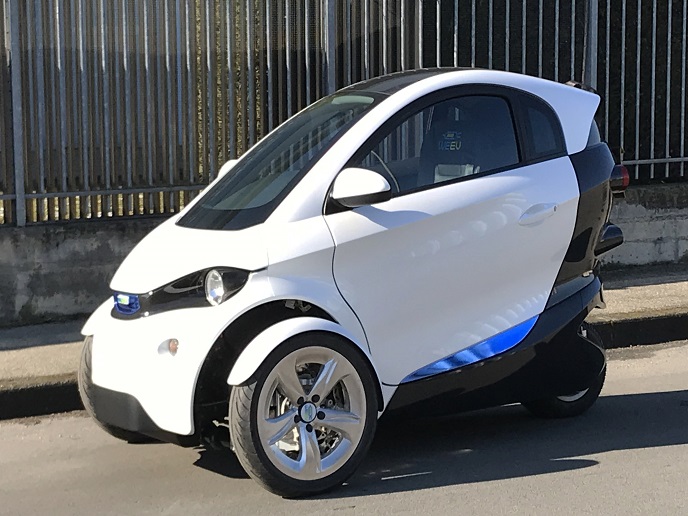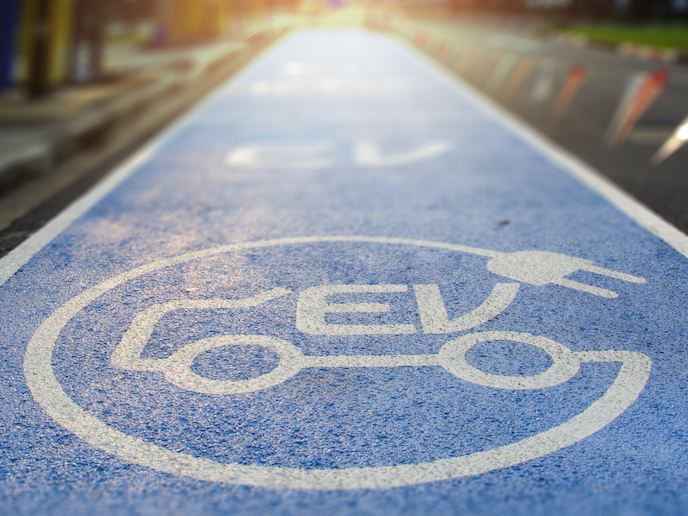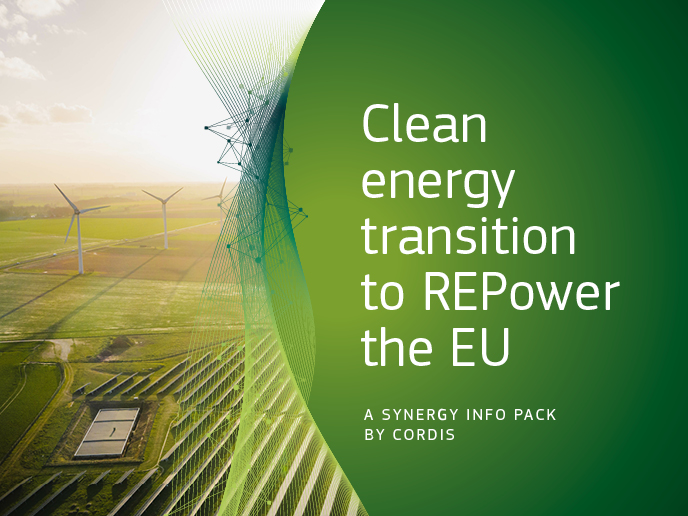Powering the next-generation of electric vehicles
Under the Kyoto Protocol, the EU is committed to reducing 'greenhouse gas' (GHG) emissions by 20 % below 1990 levels by 2020 and by 80 – 90 % by 2050. To achieve this, the transportation sector aims at cutting its emissions by 60 % by 2050. Most of this reduction will likely come from road transportation, which is today responsible for 7 billion tonnes of CO2/year – the equivalent of one-fifth of the EU’s total GHG emissions. When looking at how to cut emissions in road transportation, the electric vehicle continues to stand out as a possible solution. In fact, its life-cycle specific equivalent emissions are calculated to be approximately half of those from gasoline and diesel vehicles. Unfortunately, despite the significant progress made by the automotive industry with respect to the electric and hybrid vehicle, the public has yet to view electric vehicle technology as a viable alternative. ‘Although electric vehicles are already on the market, their uptake is only in its infancy,’ says SYRNEMO Project Coordinator Michele De Gennaro. ‘Before these electric vehicles replace cars that run on fossil fuels, they’ll need to deliver better range and energy efficiency in a lightweight design and at a lower cost.’ Barriers to improvement Today’s electric vehicles use motors that depend on rare earth metals for manufacturing the permanent magnets. Although a key component to these motors, these metals are also the leading barrier to achieving the necessary improvements to shift towards a large-scale adoption of electric vehicles. In fact, the vast majority of these metals are sourced from China, which not only increases the cost of electric vehicles, but also places the automotive industry at an increased risk. ‘There is a risk that geopolitics could affect the supply of permanent magnets coming to European vehicle manufacturers from China,’ De Gennaro explains. ‘This could, in turn, cripple the manufacturing and supply of electric vehicles in Europe.’ However, if one removes the magnets from the motor, it loses three quarters of its power. ‘Thus, our biggest challenge is to find alternative ways to make up for this significant loss – which is exactly what SYRNEMO sets outs to provide,’ says De Gennaro. The SYRNEMO solution The SYRNEMO project overcame this challenge by designing, prototyping and testing a rare earth free 'Permanent magnet assisted synchronous reluctance machine' (PMaSYRM). ‘This machine is specifically designed to avoid the use of rare-earth materials in the magnets by using ferrites,’ says De Gennaro. ‘To do this, we have pushed the development of other components of the motor, such as a novel hairpin winding for the stator and an innovative lightweight modular design for the rotor.’ In addition to the motor, the project also delivered the design for a full drive with integrated power electronics and an air cooled housing. According to testing results, the final drive design provides a maximum torque performance of 133 Nm at 3 600 rpm and a maximum power of 52.9 kW at 4 300 rpm. The SYRNEMO design is delivered at Technology Readiness Level 5 (i.e. technology validated in the relevant environment), fit for mid-volume manufacturing in the order of tens of thousands of units per year, and completely scalable for different vehicle segments. The SYRNEMO design is evaluated based on its machine constant of mechanical power and torque density values – two relevant benchmark values for electric motors – bringing an improvement of +45 % and +25 % compared to the 2016 best benchmark. ‘This makes SYRNEMO the best-in-class rare-earth free synchronous machine according to both criteria,’ adds De Gennaro.







